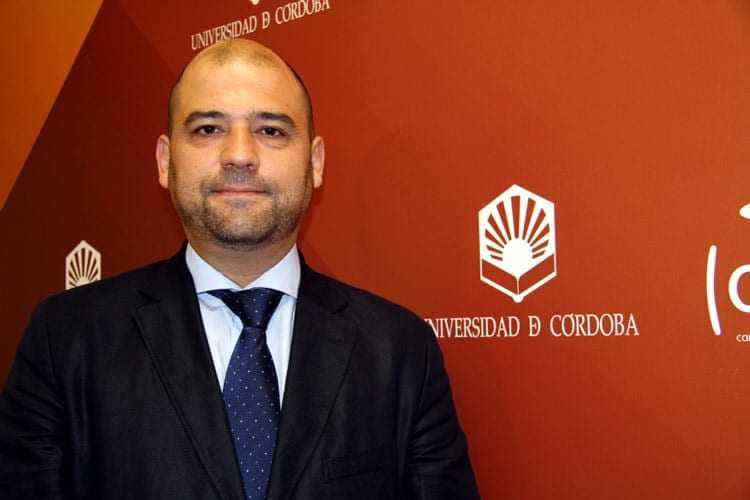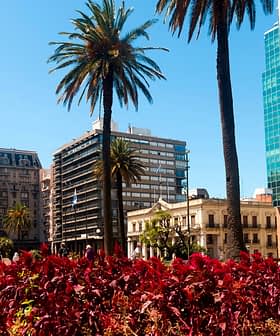Spanish olive oil producer Castillo de Canena has awarded their third Luis Vañó International Research Award to a study focused on an efficient, economically viable and environmentally friendly method for olive fruit fly control. The winning study was carried out by the University of Córdoba’s AGR 163 research group, and the International Campus of Food and Agriculture (ceiA3).
Faculty of the University of California at Davis and the University of Jaén were invited by Castillo de Canena to participate in judging the papers submitted for the competition. Four members from each university formed the two juries that assessed the papers independently.
The winning paper validated a promising new method for managing the biggest problem facing olive growers worldwide.
Dan Flynn, executive director of the UC Davis Olive Center, told Olive Oil Times that he and Juan Gómez, the rector at the University of Jaén, were “pleased that the two juries scored the papers very similarly.”
The winning study, which spanned four years, explored the use of a fungus called Metarhizium brunneum — a natural enemy of the olive fruit fly — as an organic alternative to destroying the unwanted insects called Bactrocera oleae.
Used on farms with conventional cultivation methods, the study’s solution managed to reduce the density of fly population by 50 percent: an important finding given that damage done by olive fruit flies can result in up to a 40 percent loss in production.

University of Córdoba researcher Enrique Quesada Moraga
Explained Flynn of the potential impact of the research, “The winning paper validated a promising new method for managing the biggest problem facing olive growers worldwide.”
European growers have been under pressure to seek alternatives to address the problem after a 2014 directive on the use of sustainable insecticides. Meanwhile, Californian producers are eager for other options, too.
“California olive growers are keenly interested in finding new tools that are effective, sustainable, and affordable in managing the olive fruit fly,” said Flynn. “I expect that many growers will be willing to use the soil treatment method offered by the winning paper.”
The researchers of the study will receive their award, along with €6,000, at Castillo de Canena this April, when the paper’s findings will also be presented in a bilingual publication.








